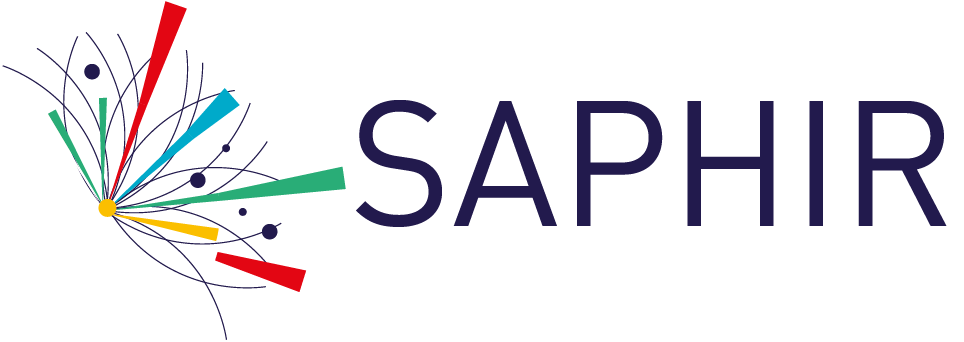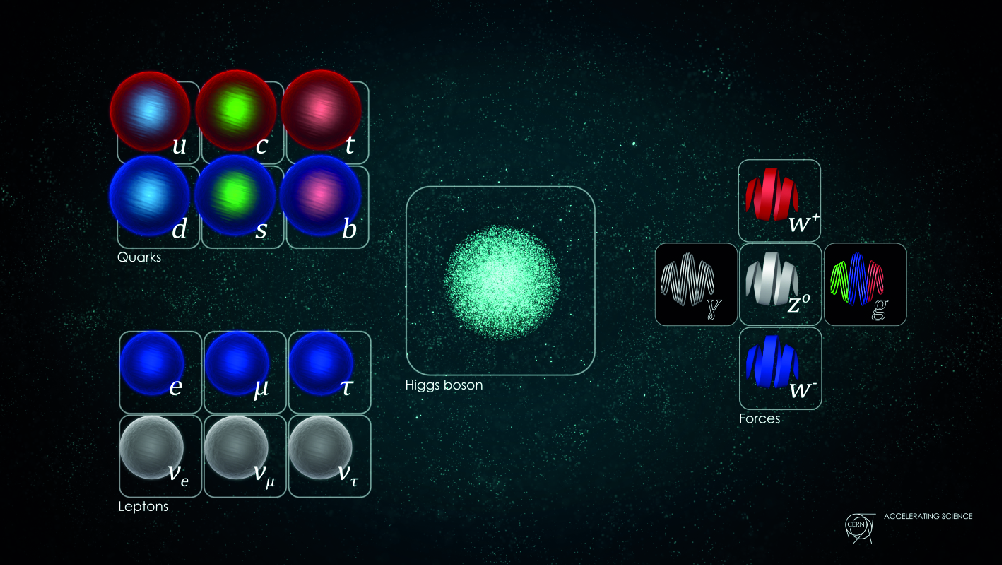High-energy physics theory is an area of research that works on the development of models to describe fundamental particles and their interactions. The model used in virtually all particle physics is uncreatively called the standard model.
The standard model of elementary particles is a quantum field theory that studies fundamental particles and interactions. The standard model includes three of the four known fundamental interactions: electromagnetic, strong nuclear and weak nuclear. The fourth interaction, gravity, has virtually no effect on quantum processes, so it is not studied in the standard model.
Part of the academic team at the Saphir Millennium Institute is working precisely on testing and refining the standard model, extending its scope and developing the computational tools needed to analyze the enormous amount of data produced by particle collision experiments. In particular, computational tools to analyze the data generated by the Large Hadron Collider Atlas experiment.

The standard model of elementary particles has been tested countless times and has almost always been shown to work. However, since it does not integrate gravity and has some deviations (for example, as it relates to neutrinos), there are many research teams looking to develop a theory that more accurately describes the laws of physics. Image credits: Buckminsterfullerene C60. Source: Wikimedia Commons.
Physics beyond the standard model
The vast majority of experiments in particle physics show that the standard model is robust and generates very accurate predictions of what happens at the subatomic level. However, the fact that it does not include gravity and that it is unable to explain some phenomena (such as the mass of neutrinos) has led several research teams to develop proposals for theories that go beyond the standard model. This is also what part of the research team at the Saphir Millennium Institute is dedicated to: exploring and proposing new theories that satisfactorily explain all the properties and interactions of elementary particles.

